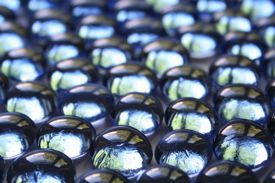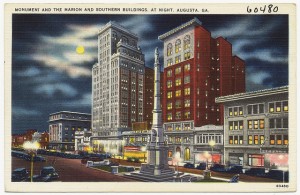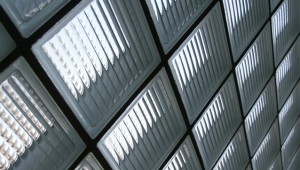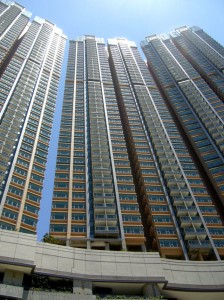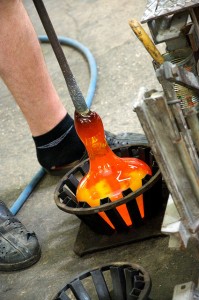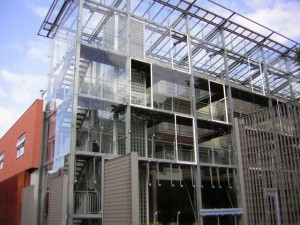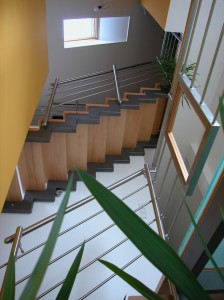Why glass is the new go-to building material
The market for flat glass has grown steadily, and is expected to hit nearly 85 million metric tons by 2020. Glass is widely used in a number of industries, including construction (for both residential and commercial buildings), new and replacement windows, the automotive industry, and more recently, alternative energy.
Glass goes from high gloss to high performance
While the number of buildings with glass exteriors has grown substantially since the 1970’s, glass is fast becoming the new rising star in both energy efficiency and alternative energy. Demands for low-emissivity glass, self-cleaning glass and smart glass have all increased substantially.
The ability to control the admission of UV- and infrared light plays an important role in improving the energy efficiency of interior spaces and entire buildings. The use of specially formulated architectural glass will only increase as the pressure to become more energy-efficient increases.
It’s also making waves in interior design because it transmits natural light so well, offers a premium decorating surface and is environmentally friendly. Specialized coatings can also increase the energy-efficiency and performance of ordinary glass. For example, Glassprimer™ glass paint offers superior UV-resistance and can be matched to virtually any color in any major paint manufacturer’s palette.
Glassprimer™ glass paint is specially formulated to create a permanent bond with the glass surface. Once cured, it will not delaminate, peel, crack or fade, even under harsh conditions. Glassprimer™ glass paint can be used to create special frosted effects on glass. True frosted glass is created by etching or sandblasting, which microscopically damages the surface of the glass. Glassprimer™ glass paint can create a frosted effect without damaging the glass. In addition, any color can be used to create “frosted” glass. True frosted glass isn’t colored, unless the glass itself is also colored.
Glassprimer™ glass paint is ideal for creating backpainted surfaces, and it’s more economical per square foot than colored or frosted glass. If you’d like more information about decorating with Glassprimer™ glass paint, please check out the rest of our site. If you’d like to purchase Glassprimer™ glass paint, please visit our online store .
Photo Credit: Maja Fabczak, via FreeImages.com

